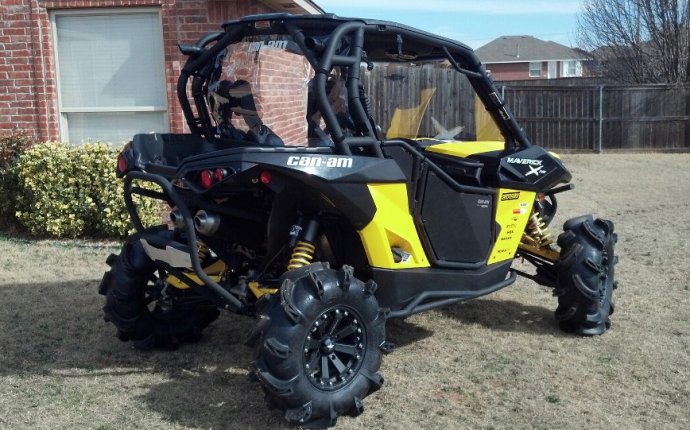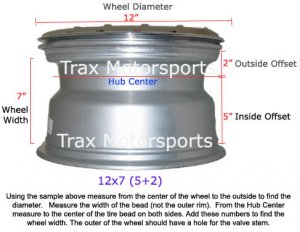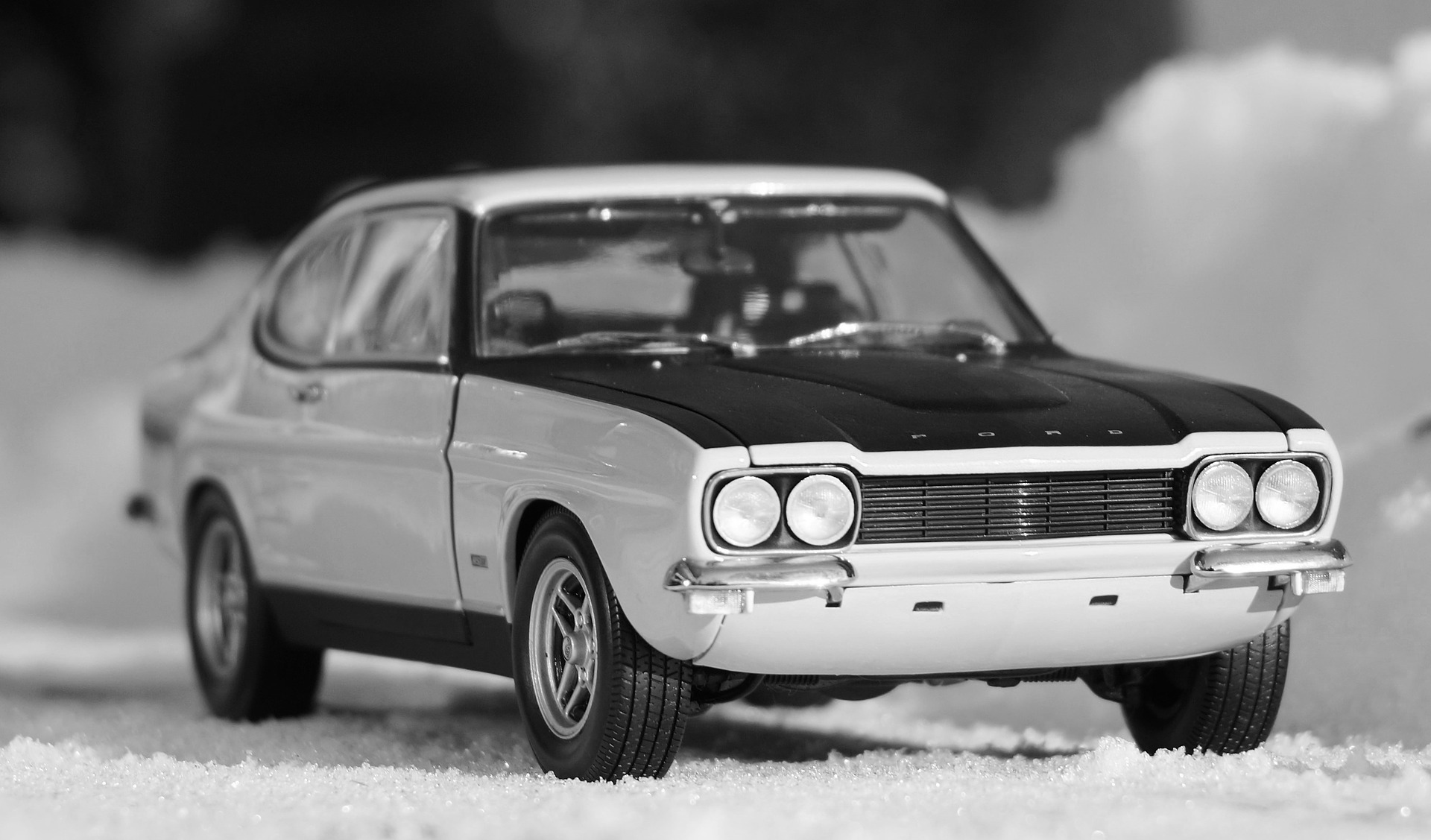
Traxms ATV Tires
1. How to determine ply rating for ATV tires: On the sidewall of your ATV tire you will find star imprints. Each star equals 2-ply. For example: three stars on the sidewall of a tire means the tire is rated at 6-ply
2. If the current tires on an ATV are 2ply then why is a high ply rated something you would want: If you are riding in conditions that demand a great deal of strength from your tires, using a tire with a higher ply rating is recommended. For example: when riding in rocky conditions, use a higher ply rated tire to reduce the chance of puncture.
3. Should I replace my tires with the same size that came with my ATV: When replacing tires of different sizes, it is best to check with the vehicle manufacturer. You will generally be okay with small changes, as with from a 20x10-9 to a 20x11-9. However, it is always best to check with the vehicle manufacturer to ensure proper operation.
4. Tire sizing codes: Most ATV tires are generally sized using the following format: AT25x10-12. The letter "R" may replace the dash to denote radial construction. The first number represents the Overall Diameter (O.D.); the second represents the section width (S.W.); and the third represents the wheel diameter. All measurements are in inches.
5. Types of tires and tread patterns:
a. Trail /All terrain tires are tire manufacturers best attempt to create a tire able to handle a variety of terrain. Trail tires, while they do not excel at any one terrain, do offer a good range of traction in various terrains.
b. Sand tires are characterized by their "paddle" or "scoop" type treads. The front tires typically have only one tread pattern: a raised rib, running down the center of the tire. This is the only tread pattern that provides good traction in the sand. All others fall short in this type of terrain. Furthermore, because these tires are so specialized, running your quad in the dunes with tires other than sand tires can overheat your ATVs engine quickly. Sand tires only have one purpose, and thats sand.
c. Race tires are specialty-built, and are primarily designed for medium- to hard-packed trails and courses. They are also characterized by their flat-top, knobby construction, and are designed for high-speed runs.
d. Mud tires do work well, however, on other types of terrain (except hard-packed trails). Mud tires typically have very tall (nearly an inch, sometimes more) tread patterns with large voids between them. The concept behind this type of tread pattern is that they are, for the most part, self-cleaning. As the tire spins through the mud, the mud is forced from the center section of the tread pattern and pushed outward to the sides. The faster you spin the tires, the better this function works.
6. ATV wheel offset measurements: A wheel offset describes the distance from the edges of the wheel to the middle plate. The first number is how far from middle to the inner bead. The second number is how far from the middle to the outer bead. The larger the first number, the closer the tire will be to the ATV fender. The larger the second number, the wider the tire will stick out away from the ATV. Make sense? Here is a diagram to illustrate:

The most common for front wheels of a utility ATV or UTV is the 5+2 offset shown above. It causes most of the tire to sit under the ATV. Normally a different offset is used on the rear unless it has the independent rear suspension.









